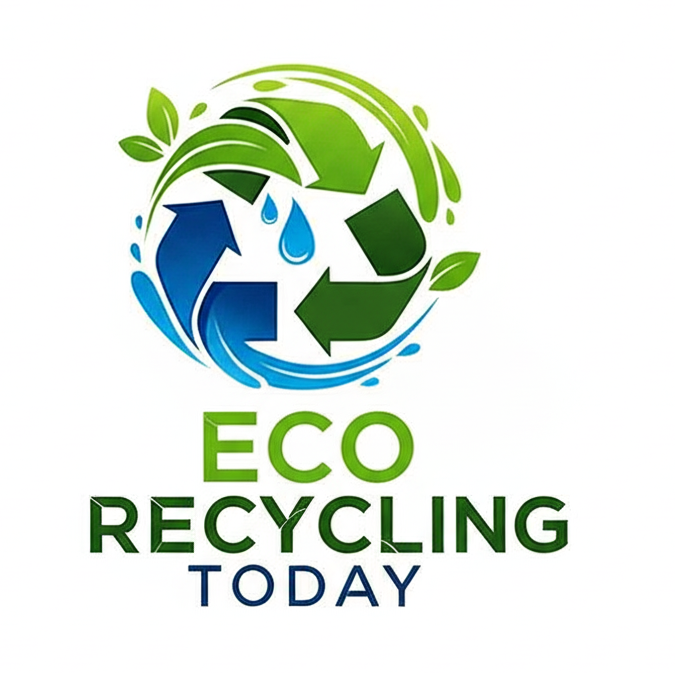Every year, 8–12 million metric tons of plastic enter the oceans, threatening marine ecosystems and human health. From fishing nets to bottles and packaging, ocean plastic has become one of the most pressing environmental challenges.
But innovative recycling technologies are turning this waste into resources. By transforming ocean plastic into recycled pellets, industries can create new products while reducing pollution and conserving raw materials.
1. What Is Ocean Plastic Recycling?
Ocean plastic recycling refers to the collection of plastics from oceans, coastlines, and rivers, followed by their conversion into reusable raw materials. Instead of polluting marine habitats, these plastics are given a second life as:
- rPET (recycled polyethylene terephthalate) pellets for textiles and packaging
- rHDPE and rLDPE pellets for containers, pipes, and films
- Recycled nylon pellets from fishing nets, used in apparel and carpets
2. From Ocean Waste to Pellets: The Process
The transformation follows a multi-step cycle:
Step 1: Collection
- Carried out by NGOs, fishing fleets, and coastal cleanup projects
- Sources include abandoned fishing nets (“ghost nets”), bottles, and microplastics
Step 2: Sorting & Cleaning
- Plastics are separated by type and density
- Salt, sand, and biological residue are thoroughly removed
Step 3: Shredding & Flaking
- Plastics are shredded into small flakes for easier processing
Step 4: Pelletizing
- Flakes are melted, filtered, and extruded into uniform recycled pellets
- These pellets become raw material for new industries
3. Applications of Ocean Plastic Pellets
Recycled ocean plastic pellets are being used across industries:
- Textiles: Brands like Adidas and Parley create sportswear from ocean plastic yarn
- Packaging: Bottles, containers, and films for FMCG companies
- Construction: Plastic lumber, tiles, and pipes
- Consumer Goods: Sunglasses, footwear, phone cases, and accessories
4. Benefits of Recycling Ocean Plastic
- Environmental Impact: Reduces marine pollution, protecting biodiversity
- Resource Efficiency: Cuts demand for virgin petroleum-based plastics
- Carbon Reduction: Producing rPET uses ~60% less energy than virgin PET
- Circular Economy: Supports sustainable business practices
5. Challenges in Ocean Plastic Recycling
- Quality Variation: Exposure to sunlight and saltwater can degrade plastic quality
- High Costs: Collection and cleaning are labor-intensive
- Global Logistics: Transportation of collected plastics can offset environmental benefits
- Consumer Awareness: Many buyers still prefer cheaper virgin plastics
6. Future Outlook
- Advanced Recycling: Chemical recycling may improve the quality of ocean plastic pellets
- Policy Support: Governments and the EU are pushing Extended Producer Responsibility (EPR) schemes
- Corporate Initiatives: More brands commit to using ocean plastic in supply chains
- Innovation: 3D printing with ocean plastic pellets is on the rise
Turning ocean plastic into pellets represents a breakthrough in addressing marine pollution while providing industries with sustainable raw materials. Despite challenges in cost and logistics, demand for eco-friendly products is rising rapidly. As global awareness grows, ocean plastic pellets will play a crucial role in the circular economy, proving that waste can truly become a resource.
FAQ
Q1: Are products made from ocean plastic safe?
Yes, after cleaning and processing, recycled pellets are safe for textiles, packaging, and consumer products.
Q2: How many bottles can be made from one ton of ocean plastic?
Roughly 20,000 plastic bottles can be produced from one ton of rPET pellets.
Q3: Which companies use ocean plastic pellets?
Notable examples include Adidas (shoes & apparel), IKEA (home goods), and Parley for the Oceans (collaborations).
Q4: Can ocean plastic pellets be recycled again?
Yes, they can be reprocessed multiple times, though quality may decline after repeated recycling.
Q5: Is ocean plastic recycling profitable?
While costs are higher than land-based recycling, strong demand from eco-conscious brands creates a profitable market.
